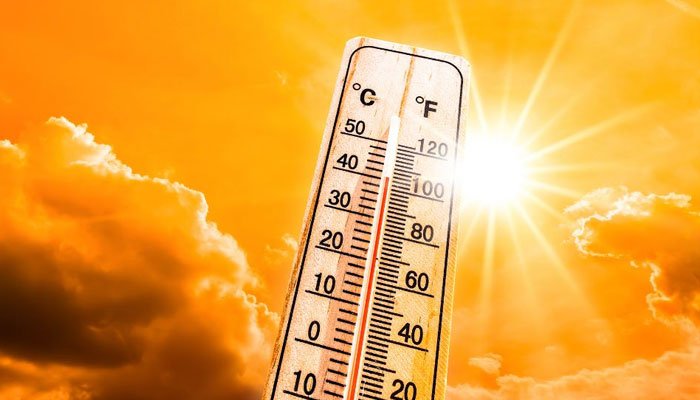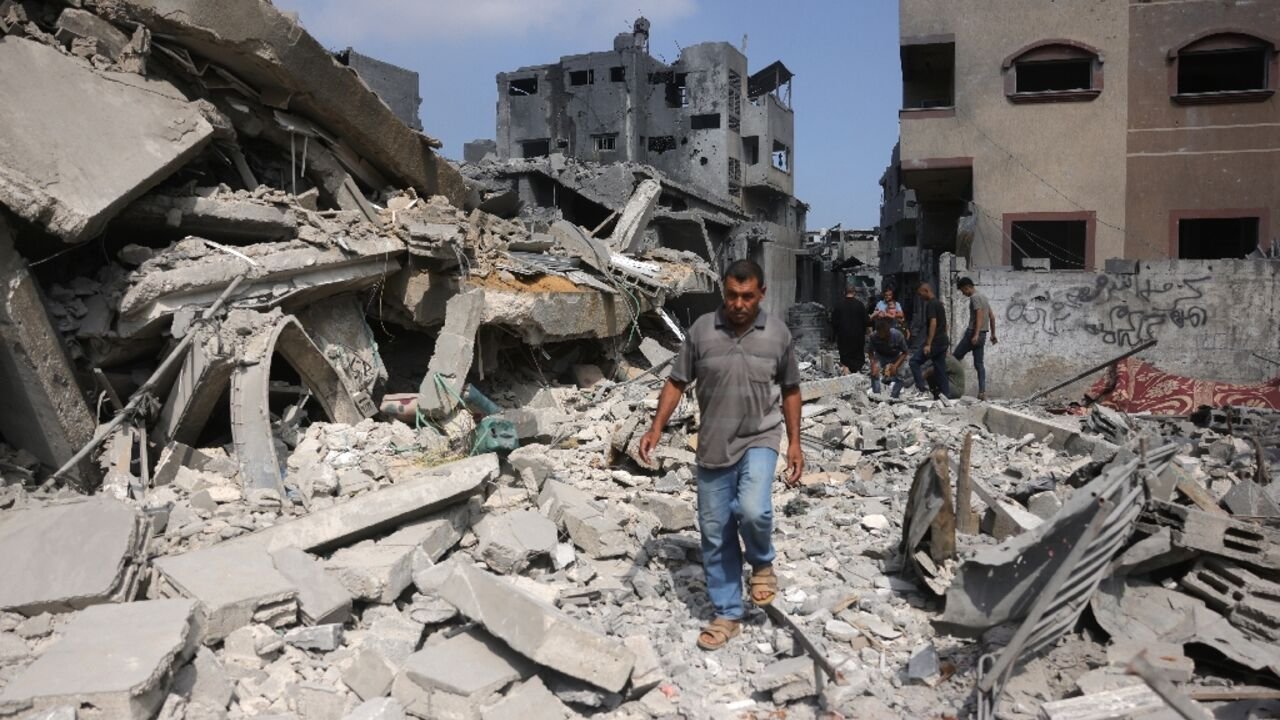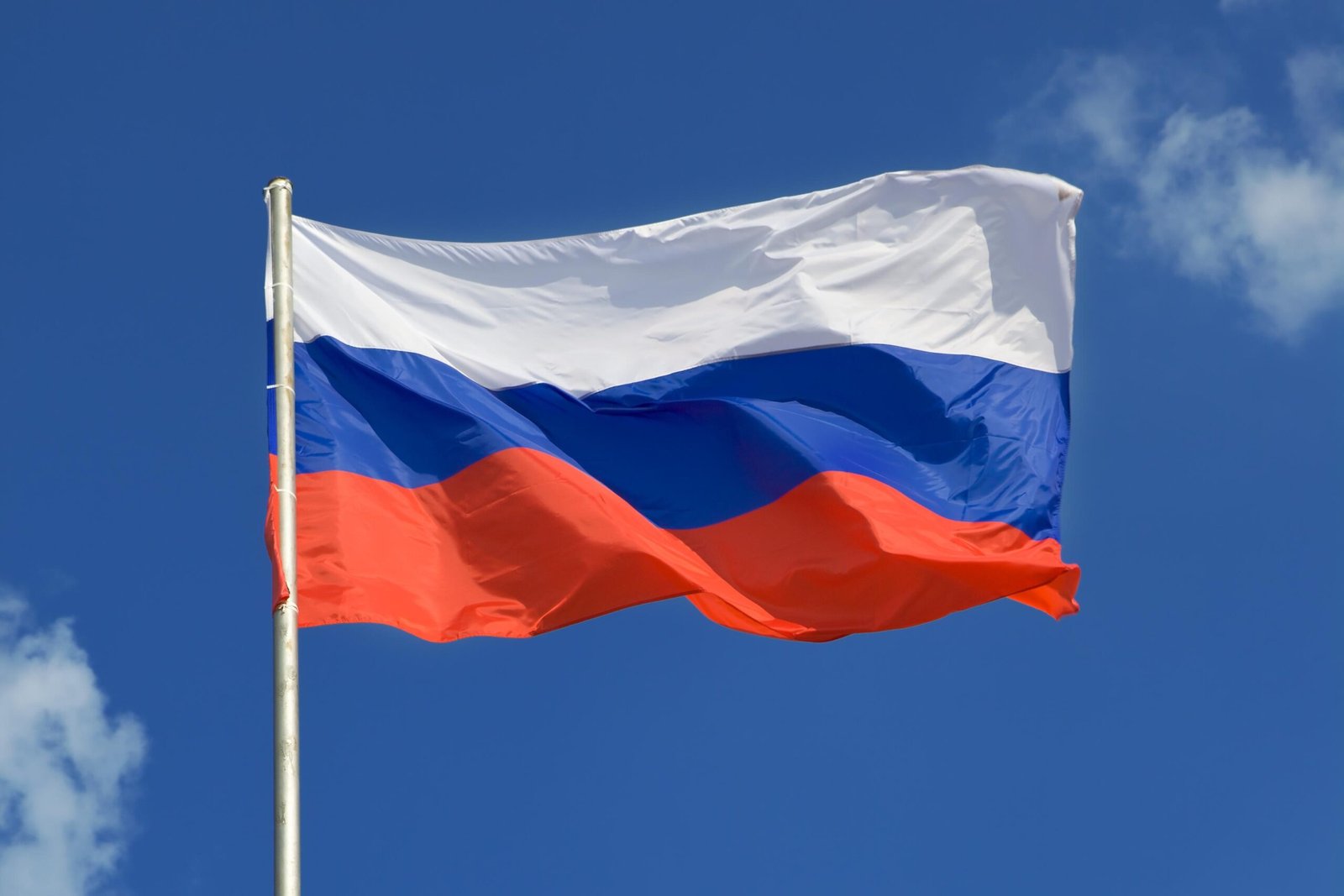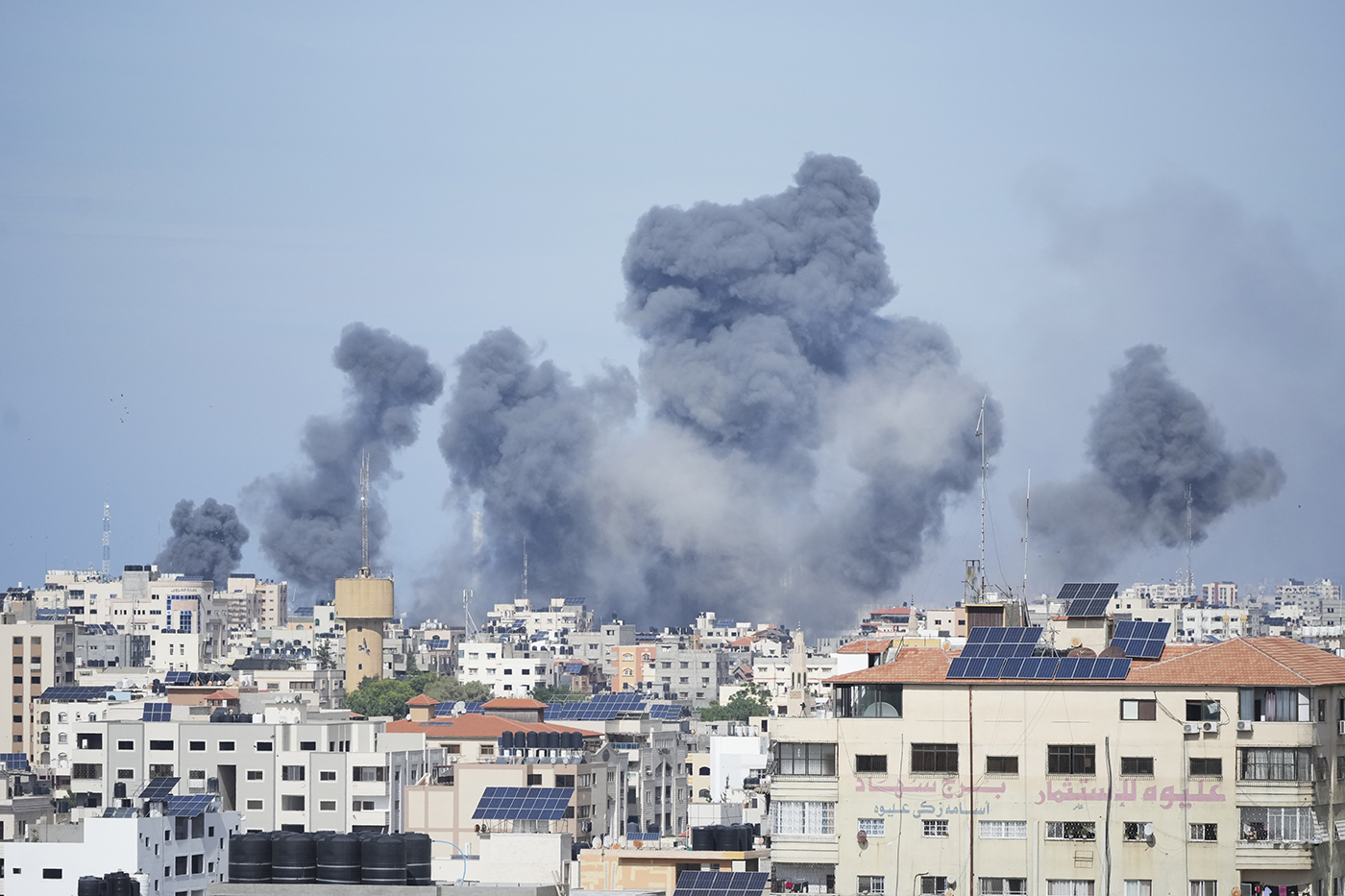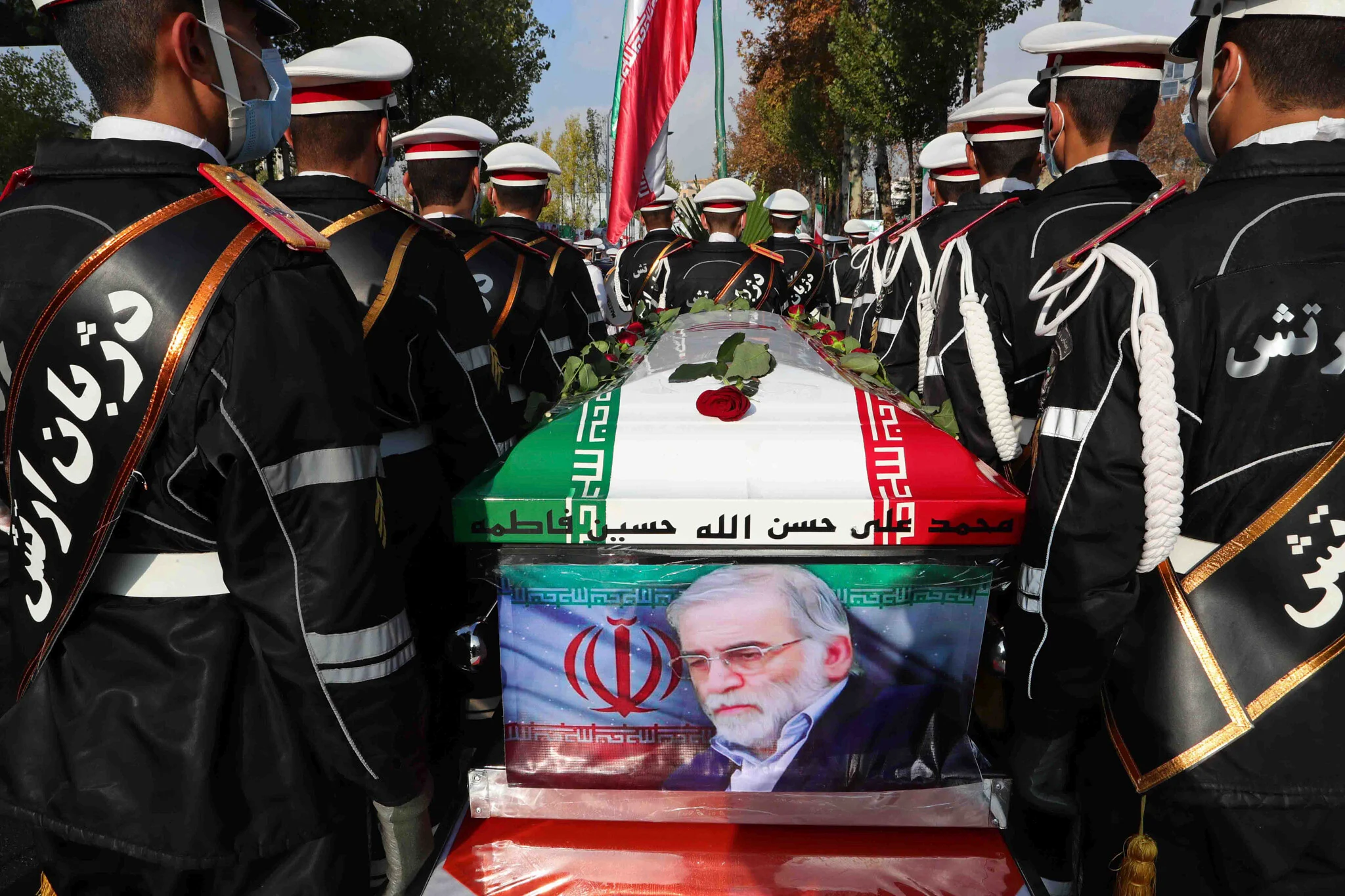As Europe reels from an unprecedented heatwave, at least six people have lost their lives across Spain, France, and Italy, highlighting the growing human cost of extreme weather intensified by climate change. From deadly wildfires in Catalonia to heat-related collapses on beaches and historic sites, the sweltering temperatures—surging above 40°C in some areas—have turned the continent into a danger zone.
In Spain’s Catalonia region, two farmers—identified as a 32-year-old worker and a 45-year-old farm owner—died after being trapped by a rapidly spreading wildfire near the town of Coscó. One of the victims had reportedly called for help, but the fire expanded too quickly for a rescue. Emergency crews said the blaze engulfed over 6,500 hectares of land. Spain’s national weather service, Aemet, warned of soaring temperatures reaching 41°C in Córdoba, with nighttime lows stubbornly staying above 28°C. June 2025 was the hottest on record in Spain, with an average of 23.6°C—higher than typical July and August averages.
In France, a 10-year-old American girl tragically collapsed and died while visiting the Palace of Versailles with her parents. Despite swift emergency medical intervention, she was pronounced dead within the hour. French authorities have confirmed at least two heat-related deaths so far, with over 300 people requiring urgent medical assistance. France is currently under red alert for extreme heat in four departments: Aube, Cher, Loiret, and Yonne.
Italy, too, has seen fatal consequences. In Sardinia, a 75-year-old man and a 60-year-old man died after falling ill on beaches amid searing heat. In Genoa, an elderly man suffered fatal heart failure after walking into a hospital during the heat. In Vicenza, two construction workers collapsed from heat exhaustion while working underground. One remains in a coma.
In Greece, wildfires continue to rage, prompting mass evacuations. On the island of Crete, fires near the village of Achlia are threatening homes and resorts, leading to urgent evacuation orders. Over 100 firefighters are engaged in containing the blaze. In northern Greece’s Halkidiki region, a fire near the coastal area of Vourvourou tore through pine forests, forcing residents and tourists to flee, with widespread power outages reported. Steep terrain and dry winds have made containment efforts difficult.
Experts warn that vulnerable groups—especially the elderly, young children, and low-income workers—are most at risk. Dimple Rana, a specialist in heat and microclimates at the consultancy Arup, noted that older adults and children under five are particularly susceptible to heat-related illnesses. Those engaged in manual labor, often in lower-income brackets, are also at heightened risk due to prolonged exposure to outdoor heat.
The United Nations’ Intergovernmental Panel on Climate Change (IPCC) and the World Meteorological Organization (WMO) have both sounded alarms: human-caused climate change is increasing the frequency, intensity, and duration of heatwaves worldwide. According to the WMO, urban environments are especially vulnerable due to the “urban heat island effect”—a phenomenon where cities trap more heat because of concrete, traffic, buildings, and infrastructure. This makes heat stress even more dangerous in densely populated areas.
The WMO added that “this additional heat in cities exacerbates health risks and can increase mortality during prolonged hot spells.”
Europe’s deadly heatwave is a sobering reminder of the escalating risks posed by global warming. With record-breaking temperatures already devastating communities, killing vulnerable citizens, and crippling emergency services, this summer could be a grim preview of the new climate reality. Urgent international action on climate mitigation and local-level adaptation is no longer a choice—it’s a necessity.



